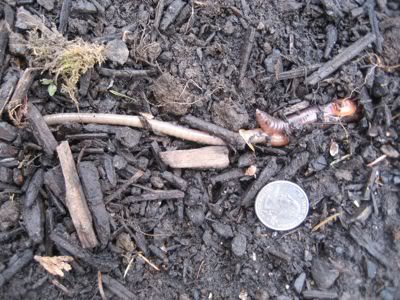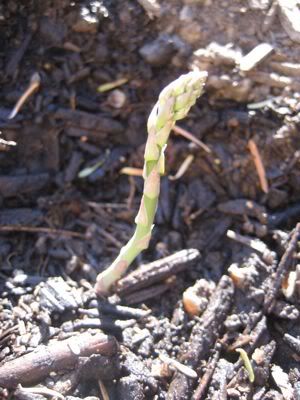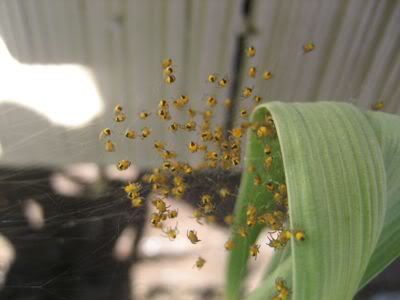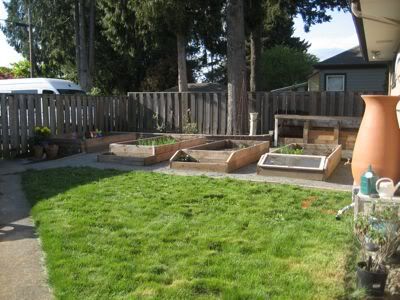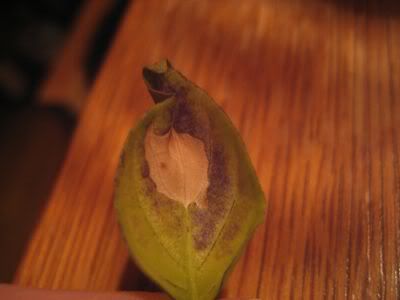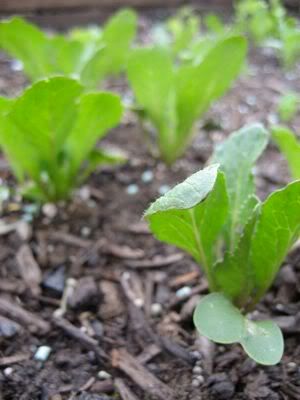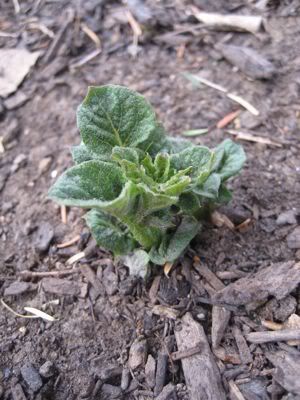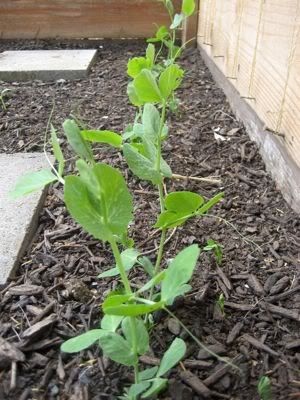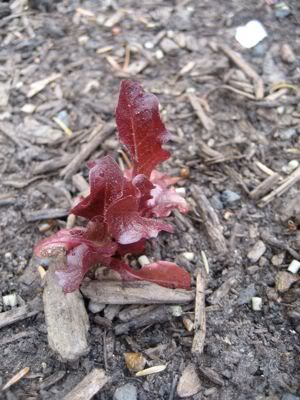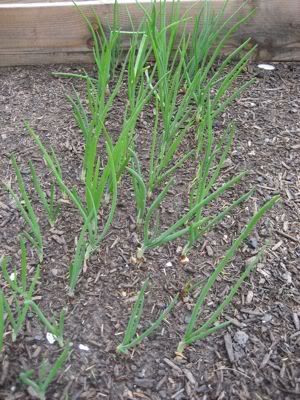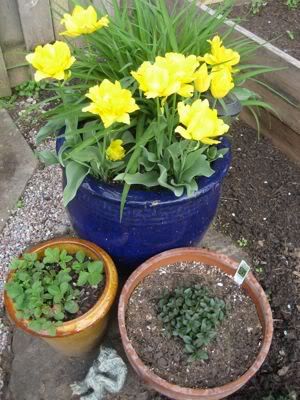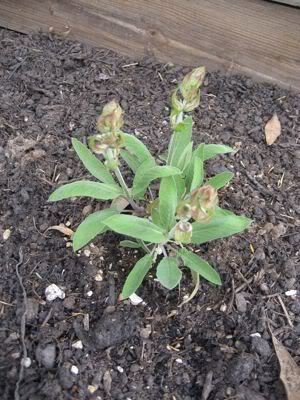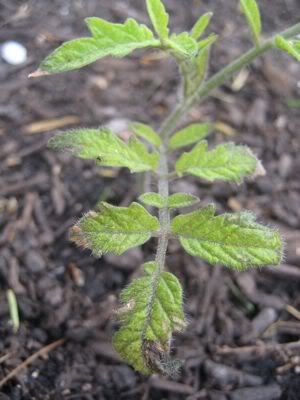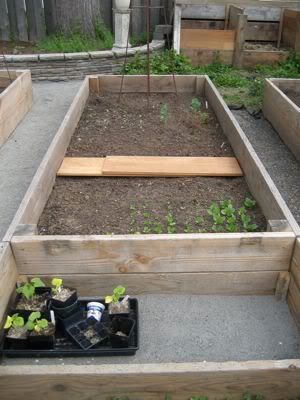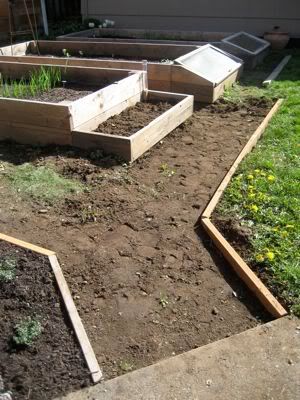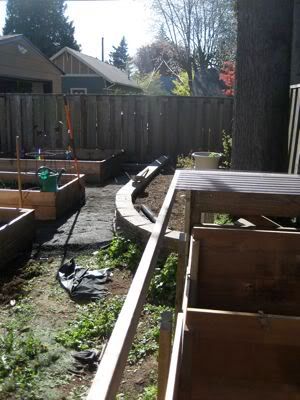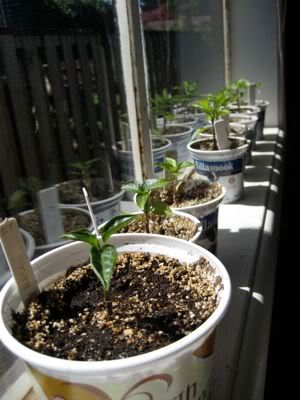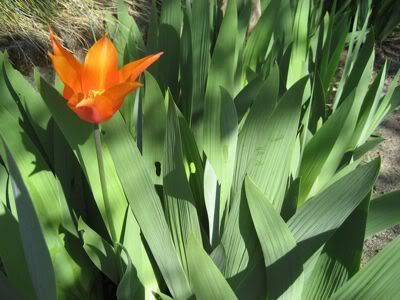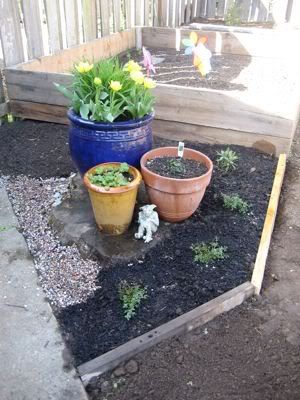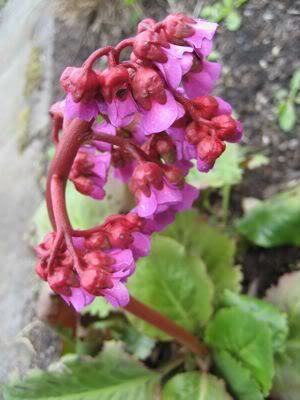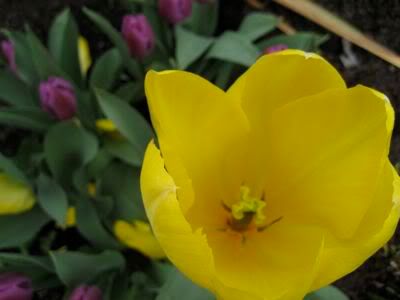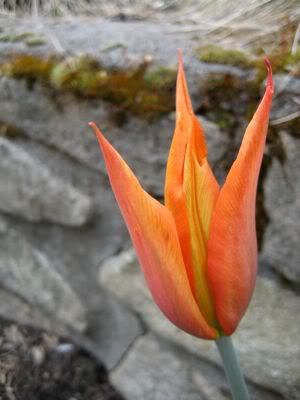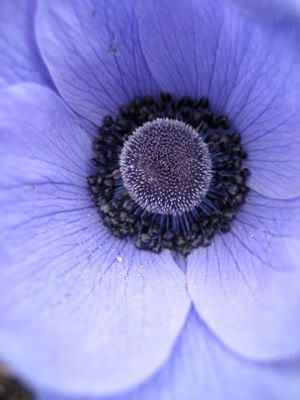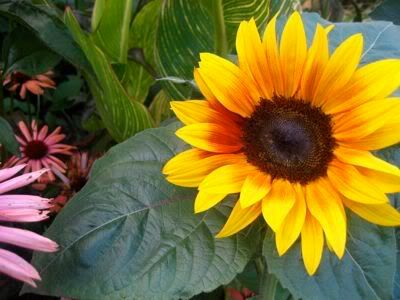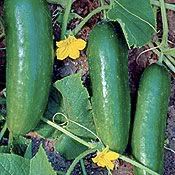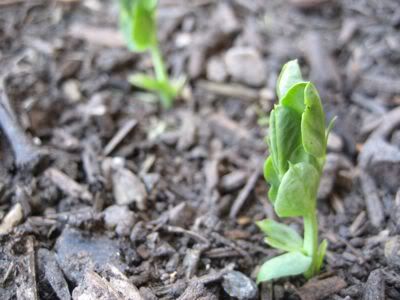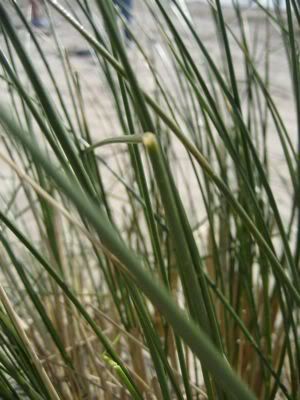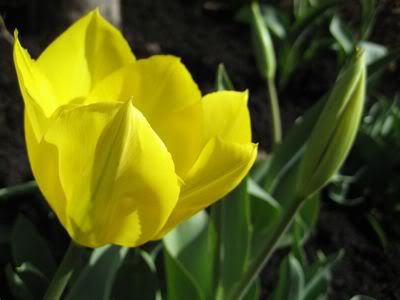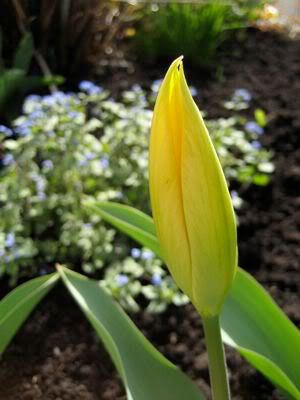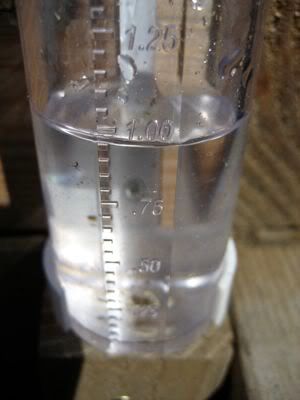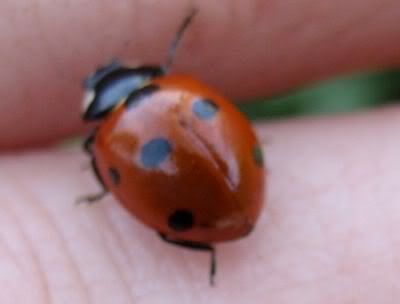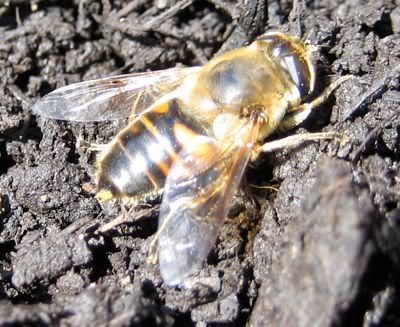I also ripped out the last of the dying garlic shoots today. So sad. They were overcome by fungal disease. They held up okay at first, especially since I was able to cloche them but then it was sunny for a while the cloches got recycled and we had another long wet spell that they sat through and it just did them in. (The silver lining is my rain barrel is full again) I did find starts today at the nursery so I bought about 18 of 'em. I will not be without my garlic! I'll have to rework the garden plan as I'm not going to attempt to put them in the same spot. I'll just wind up with more sick garlic. I think I can do a swap with either the peppers or basil spaces that are still sitting open waiting for the weather to warm up a bit more.
It was also such a hectic frazzeling* day that I completely forgot a whole trey of starts I set out in the cold frame to start to harden off. They should've been out there an hour. Yeah, they were out there for seven. I'm sure I've fried a few of them to a crisp. At least the frame was closed so they won't suffer any wind burn. It was good and warm today I hope I didn't cook 'em too much. ::feels much guilt for plant neglect:: I'm afraid to go visit them tomorrow for the sorry state I'm sure they'll be in.
I've also started to think about the last little chunk of our property that needs some TLC and a redo. It's pretty weedy and ugly right now. I think I can squish into the 350 some odd square feet -
A patio + furnature
A BBQ
A planter
A butterfly garden
A fruit tree (Self pollinating semi-dwarf apple or maybe a cherry or ??? I wanted to get a serviceberry but I think it might get to large for the space, so fruit tree it is)
A shade garden
A water fountain - bubbler?
Another rain barrel
...and CHICKENS!
Yes I'm ambitious. But it can be done! Believe it or not I actually have a plan drawn up which does in fact encompass all of those things in that tiny little space. I'll try to take a picture of it tomorrow.
Still not 100% on the chickens. There are a lot of pros and cons to getting them so more research will need to be done. I love the idea of them but not sure we'd gain all the benefits they'd provide. (Yeah, I'm allergic to eggs - heh.) Anyone have any personal recommendations about chickens = pro's, con's?
PS: I've lived next door to chickens (and a stupid rooster) so I'm aware of the noise factor. ;^) We are also zoned to have up to 3 chickens (roosters not allowed) without a permit as long as they're housed at least 50ft. away from any residential property. I of course would also speak with the neighbors about it before we embarked down that path, etc.
*Frazzeling - my blog, my english. ;^)
